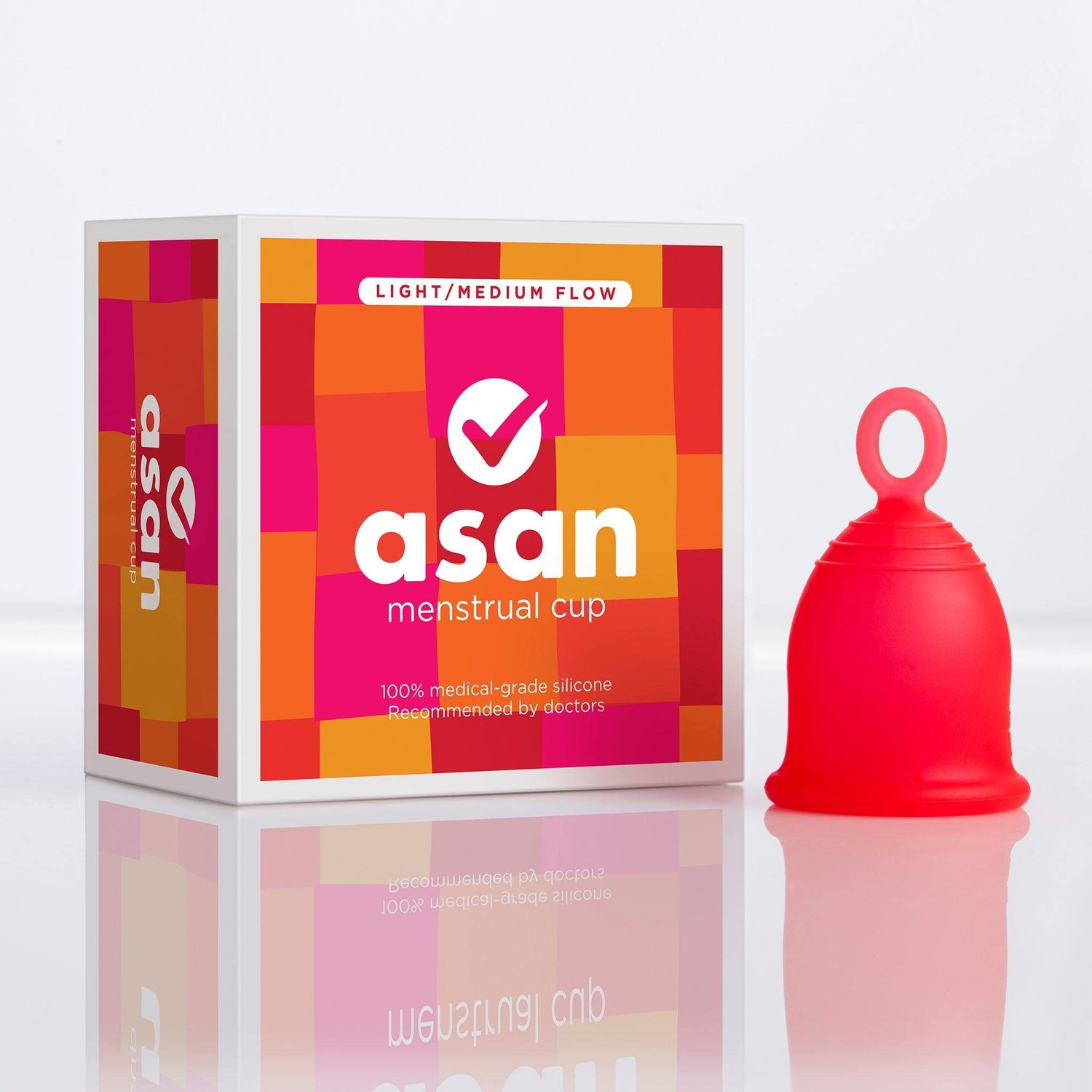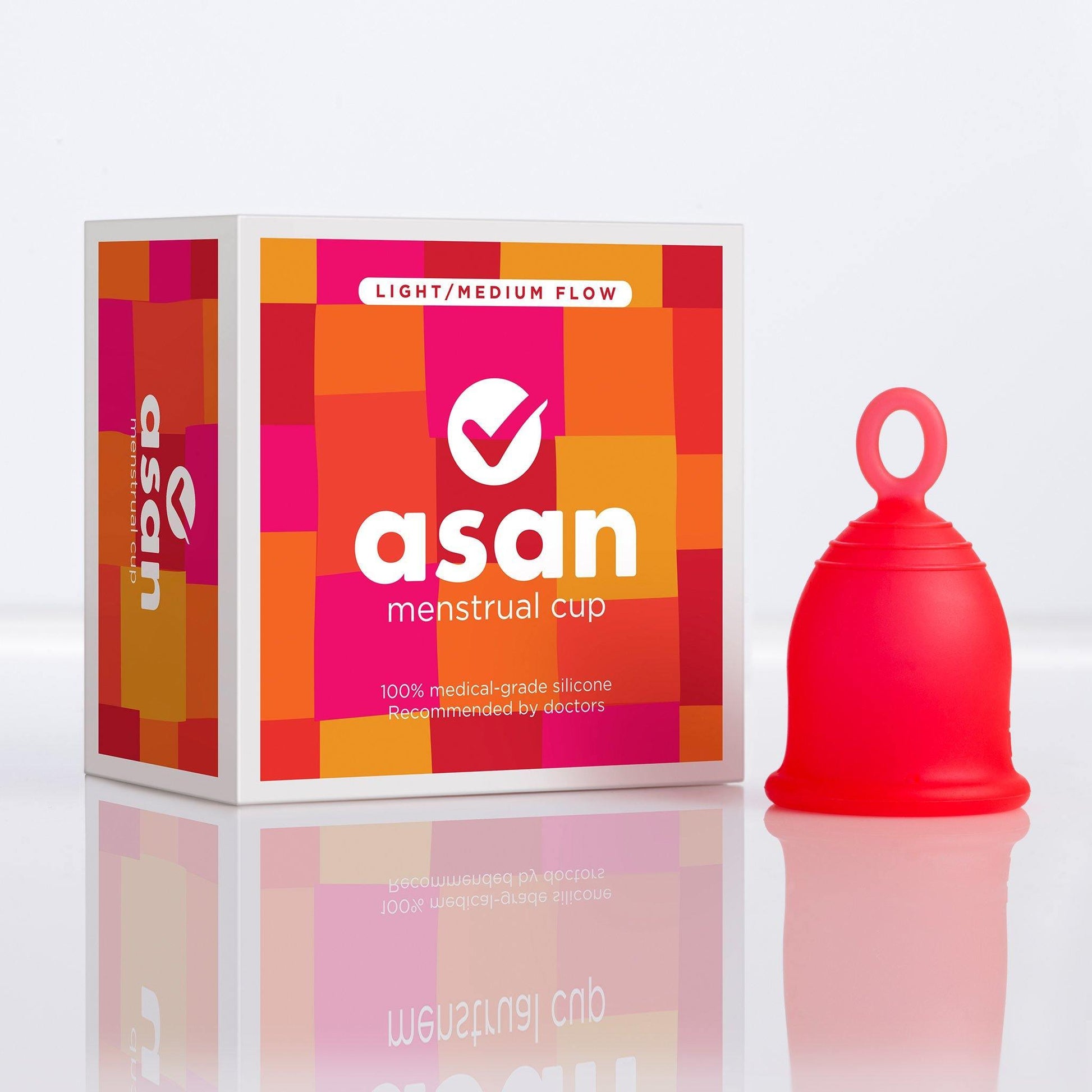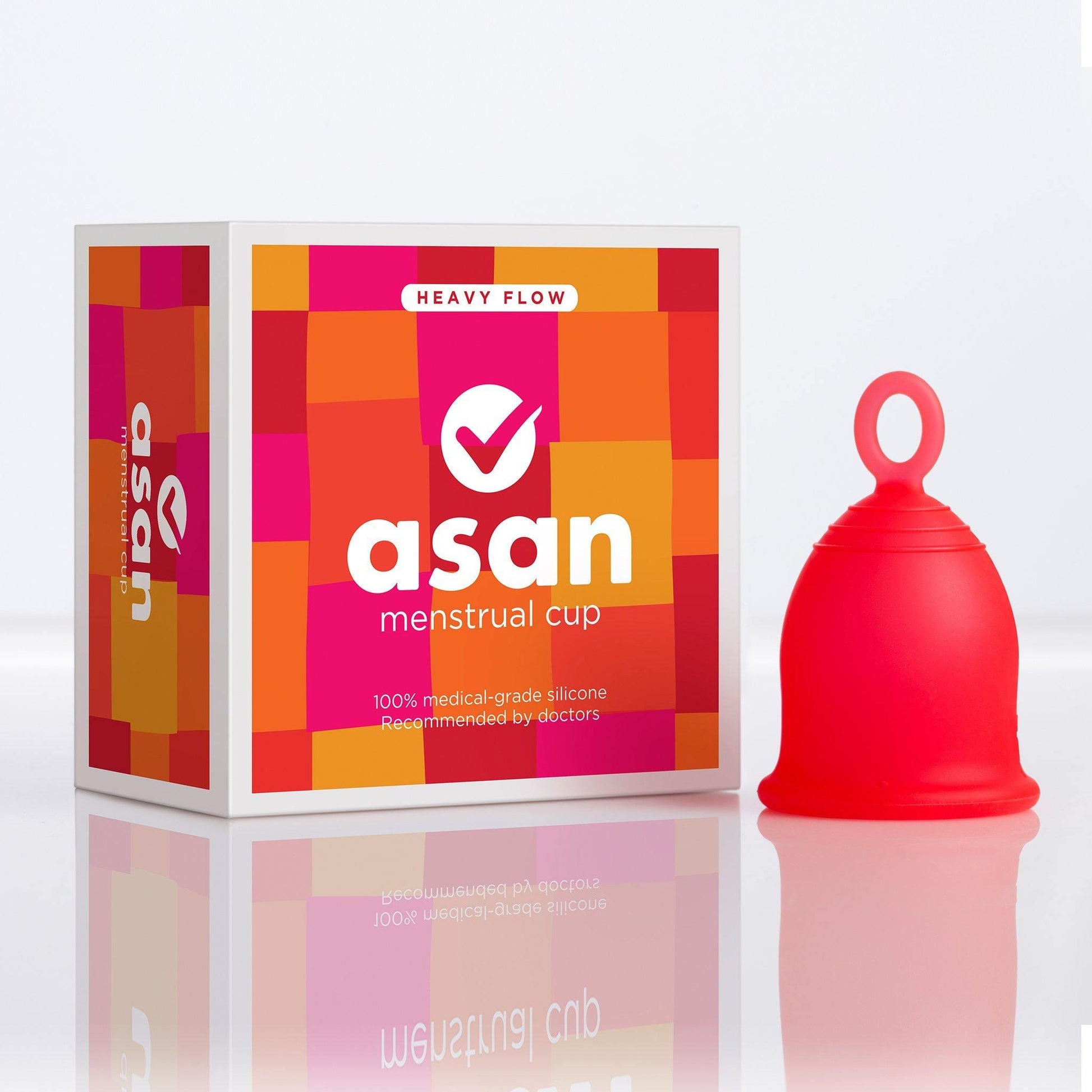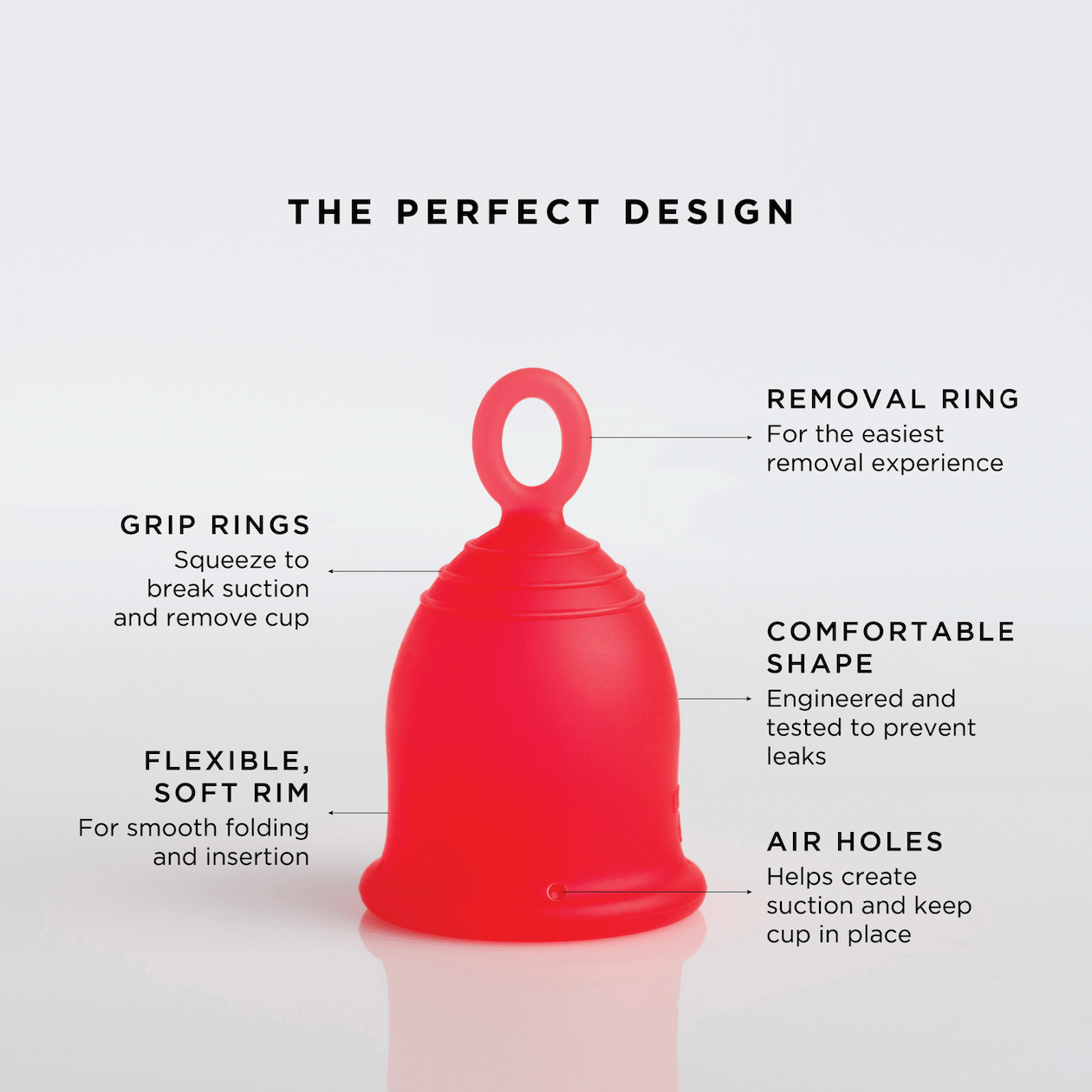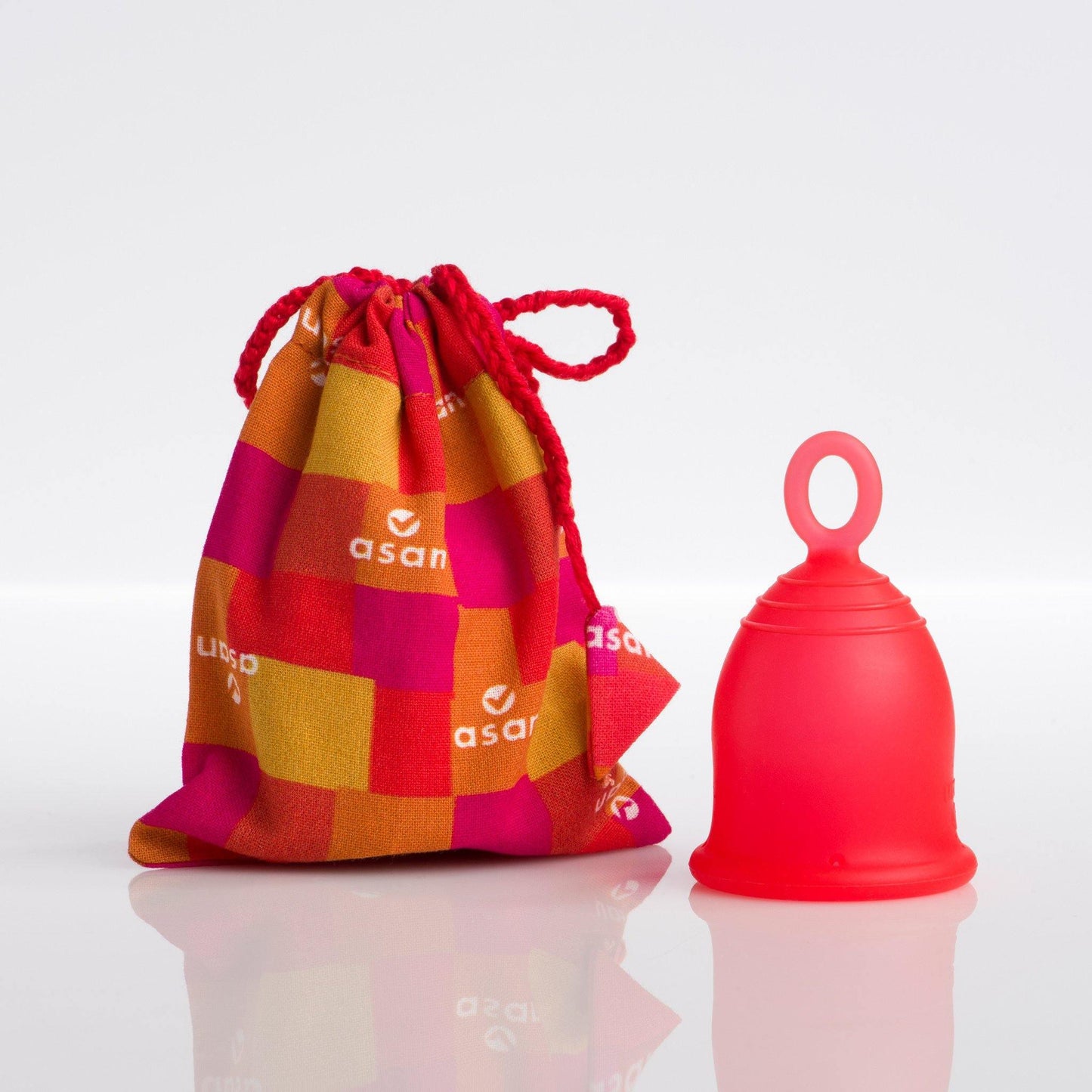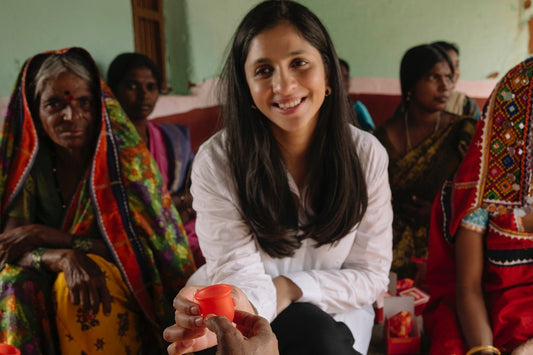 Have you noticed better vaginal health since using your menstrual cup?
Have you noticed better vaginal health since using your menstrual cup?
Well, you’re not alone. Turns out, female wellness and cups have a compelling correlation. At Asan, we have been hearing from our users for years that a reduction in vaginal infection reduction is one of the menstrual cup benefits they’ve experienced after switching to the cup.
While we had plenty of anecdotal evidence, we’re thrilled that an official menstrual cups study conducted by the Liverpool School of Tropical Medicine has confirmed that cups do protect you against infections! This recent women’s health breakthrough is just one of the many menstrual cup advantages discussed in the study.
In this blog, we give you an insight into this new study and the evidence that menstrual cups directly improve the gynaecological health outcomes of women and girls that use them.
The study
 The menstrual Cups or Cash for Girls (CCG) trial is the first to look at menstrual product impact, specifically the impact of using a menstrual cup on girls’ health. The study involved 4,137 Kenyan schoolgirls with an average age of 16-18 years and took place in 96 secondary schools across rural western Kenya. The girls’ uptake of the cup, their behaviours, and their health were monitored throughout the study.
The menstrual Cups or Cash for Girls (CCG) trial is the first to look at menstrual product impact, specifically the impact of using a menstrual cup on girls’ health. The study involved 4,137 Kenyan schoolgirls with an average age of 16-18 years and took place in 96 secondary schools across rural western Kenya. The girls’ uptake of the cup, their behaviours, and their health were monitored throughout the study.
The goal of the study, as explained by first author Dr Garazi Zulaika was, “We were interested to know whether a long-lasting, sustainable, and hygienic menstrual solution would be used by girls and be effective in improving their schooling and sexual and reproductive health.”
Menstrual cups reduce the risk of bacterial vaginosis
24% of girls who used a menstrual cup vs traditional methods saw a reduction in bacterial vaginosis.
Bacterial vaginosis (BV) is a vaginal infection caused by an overgrowth of bacteria. It can cause pain and discomfort, and increase the risk of sexually transmitted infections, including HIV. You can learn more about BV and other infections by reading our blog on the different types of vaginal infections.
While BV can occur at any time, there is a link between bacterial vaginosis and menstruation. During your period, the uterine blood changes the pH of the vagina to be slightly less acidic, making it more conducive for bacterial growth.
 Using tampons or pads during this time isn’t ideal because the former doesn’t take the blood out of the vaginal vault, causing an iron-rich setting ideal for bacterial growth, and the latter have a higher chance of transferring external bacteria into the vagina as well.
Using tampons or pads during this time isn’t ideal because the former doesn’t take the blood out of the vaginal vault, causing an iron-rich setting ideal for bacterial growth, and the latter have a higher chance of transferring external bacteria into the vagina as well.
However, menstrual cups help with bacterial vaginosis prevention by staying in the vagina and collecting the blood, and helping maintain the naturally acidic environment of the vagina, which is a deterrent to infections.
Menstrual cups improve the ‘good bacteria’ in your vagina
The study also found a direct correlation between menstrual cup usage and bacterial balance. Among the cup users, there was a 37% relative increase in ‘good bacteria,’ showing that not only do menstrual cups not disrupt the ‘good bacteria,’ they actually improve the microbial balance in the vagina.
 A balanced vaginal flora is important in keeping the vagina healthy, and this happens when the vaginal microbiome is dominated by Lactobacillus. This bacteria produces antimicrobial compounds that keep infections out. Using a menstrual cup improves the Lactobacillus in the vagina, hence preventing infections such as bacterial vaginosis and maintaining overall vaginal health.
A balanced vaginal flora is important in keeping the vagina healthy, and this happens when the vaginal microbiome is dominated by Lactobacillus. This bacteria produces antimicrobial compounds that keep infections out. Using a menstrual cup improves the Lactobacillus in the vagina, hence preventing infections such as bacterial vaginosis and maintaining overall vaginal health.
This conclusion about vaginal microbiota and cups is one of many important menstrual health findings that lean in favour of a cup as the ideal period care product.
Menstrual cups reduce risk of carrying HSV-2
33% of cup users within the study saw a reduction in HSV-2 (Human Simplex Virus 2) as compared to the control group.
 Herpes Simplex Virus-2 is a type of herpes, which is a common infection that can cause painful blisters or ulcers. HSV-2 spreads by sexual contact and causes genital herpes, while also increasing the risk of an HIV infection.
Herpes Simplex Virus-2 is a type of herpes, which is a common infection that can cause painful blisters or ulcers. HSV-2 spreads by sexual contact and causes genital herpes, while also increasing the risk of an HIV infection.
The menstrual cups’ ability to preserve the Lactobacillus-dominant vaginal flora also helps with preventing women from acquiring HSV-2. This is especially important because HSV-2 is associated with a five-fold increased risk of HIV, and this conclusion suggests that menstrual cups can potentially contribute to reduced HIV acquisition in high-risk areas over time.
 Keeping these findings in mind, the menstrual cup can be seen as one of the best women's hygiene innovations in recent history. Not only is it one of the most sustainable menstrual options, it is also highly economical and beneficial for a woman's health.
Keeping these findings in mind, the menstrual cup can be seen as one of the best women's hygiene innovations in recent history. Not only is it one of the most sustainable menstrual options, it is also highly economical and beneficial for a woman's health.
Ms Elizabeth Nyothach the Kenyan trial manager at the Kenya Medical Research Institute partnering the study explained, “Menstrual cups can be used for up to ten years, offer long term health benefits, reduce waste, and provide financial savings as there is no longer a need for menstruators to buy single use pads and tampons every month.”
Although the study took place among school girls in Kenya, we believe that it has wide ranging implications for women and girls globally.
 Our mission at Asan has always been to provide safe and high quality period care to everyone who needs it and this study reaffirms our commitment to the same. We will continue to provide free access to Asan cups to communities in need to promote improved health and wellbeing.
Our mission at Asan has always been to provide safe and high quality period care to everyone who needs it and this study reaffirms our commitment to the same. We will continue to provide free access to Asan cups to communities in need to promote improved health and wellbeing.
Are you thinking about giving the cup a try? We’ve made it easy for you with this step-by-step guide for switching to a menstrual cup.
